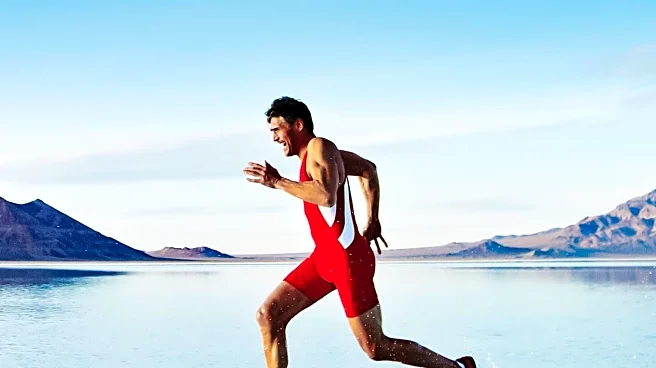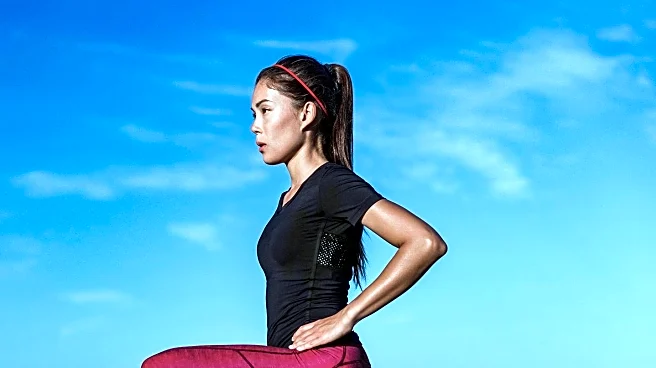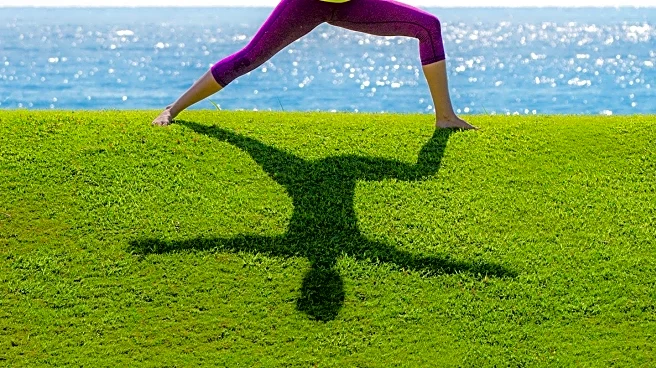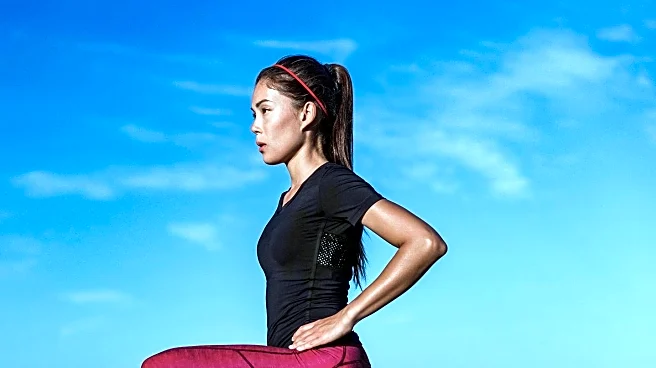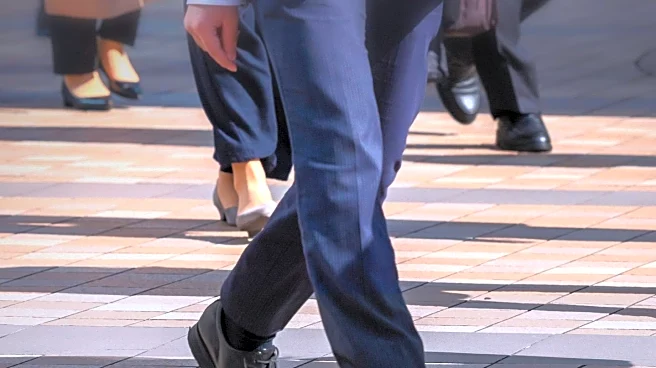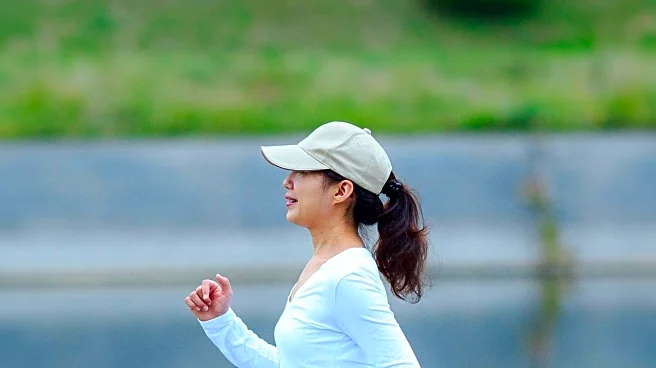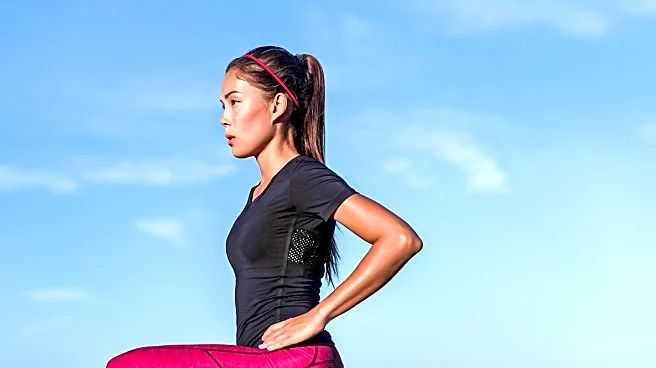What's Happening?
Zone zero training is emerging as a popular fitness trend, emphasizing low-intensity movements that keep the heart rate below 50% of its maximum. Fitness coach Kate Rowe-Ham explains that this form of exercise is akin to active rest, aiding recovery and promoting health benefits with minimal effort. Examples of zone zero activities include walking, yoga, gentle cycling, and stretching. These exercises allow individuals to maintain a conversation comfortably, indicating their low intensity. The trend is gaining traction due to its accessibility, requiring no gym membership or advanced fitness levels, making it suitable for a wide range of people.
Why It's Important?
Zone zero training offers significant health benefits, including improved circulation, regulated blood sugar levels, enhanced mood, and reduced stress. It serves as an antidote to sedentary lifestyles, encouraging movement throughout the day. Research indicates that incorporating light movement can reduce the risk of chronic diseases and early mortality. This approach to fitness supports longevity and sustainable health practices, providing a balance between everyday movement and more intense workouts. It is particularly beneficial for individuals seeking to integrate exercise into their daily routines without the need for strenuous activity.
What's Next?
While zone zero training is beneficial, it should complement rather than replace higher-intensity exercises. Fitness experts recommend a mix of movement intensities, including steady cardio and strength training, to future-proof the body. The NHS advises at least 150 minutes of moderate activity or 75 minutes of vigorous activity weekly. Zone zero can serve as a daily baseline, with structured exercise layered in several times a week. This balanced approach ensures the consistency of everyday movement alongside targeted benefits from more intense workouts.
Beyond the Headlines
Zone zero training challenges traditional perceptions of exercise intensity, highlighting the importance of gentle movement for health and longevity. It aligns with broader discussions on sustainable fitness practices and the need to counteract the negative effects of prolonged sitting. This trend encourages a shift towards integrating movement into daily life, promoting a holistic approach to health that prioritizes both physical and mental well-being.


